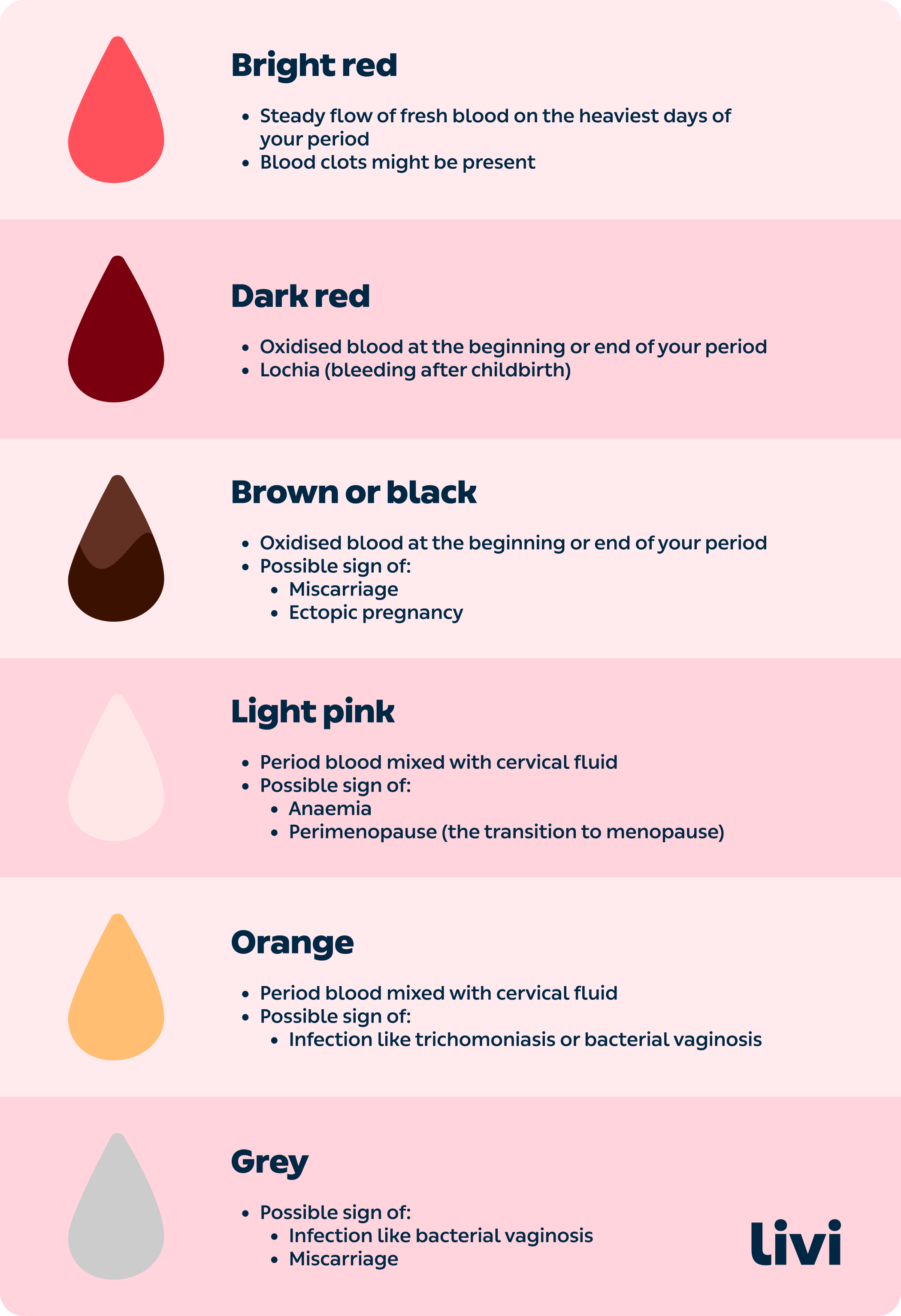Period blood differs from normal blood mainly in composition; it contains blood, tissue, and cells shed from the uterine lining. Normal blood circulates within the body to provide oxygen, nutrients, and waste removal.
Menstruation is a natural biological process where the body discharges blood and endometrial tissues through the vagina, marking a non-pregnant state. Understanding the distinctions between period blood and the blood that flows through veins and arteries is important for both medical awareness and personal health.
Period blood, also known as menstrual fluid, is not just blood; it contains cervical mucus, vaginal secretions, and endometrial particles, which gives it a different texture and color than the blood from a cut or injury. The menstrual cycle typically occurs monthly, and tracking its characteristics can be crucial for recognizing reproductive health issues. Normal blood, essential to life, is responsible for systemic functions, ranging from transporting nutrients to protecting against disease, highlighting the diverse and significant roles that different types of blood play in human health and wellbeing.
What Is Period Blood?
Period blood is more than just blood; it’s a mix of blood, tissue, and secretions from the lining of the uterus. This mixture is shed during the menstrual cycle, typically lasting between 3 to 7 days. Understanding this biological process helps demystify period blood and clarifies its purpose in the female body.
Different Characteristics
Period blood is distinct from the blood that circulates within your veins. Let’s explore these differences:
- Color: Varies from bright red to dark brown.
- Consistency: Can be thicker due to tissue.
- Odor: Has a unique smell different from blood elsewhere.
- Volume: Usually between 30 to 40 milliliters per cycle.
Causes Of Period Blood
The causes behind period blood are tied to the natural menstrual cycle:
- Hormonal shifts: Trigger the shedding of the uterine lining.
- Uterine preparation: Each month, the uterus prepares for potential pregnancy. If no fertilization occurs, this lining breaks down and exits through the vagina as period blood.
- Process of menstruation: An intricate part of a woman’s reproductive system, vital for fertility.

Credit: www.livi.co.uk
Normal Blood Vs. Period Blood
When we talk about Normal Blood vs. Period Blood, it might seem like it’s all the same thing. But the truth is, they are quite different! They each have their own unique properties which can surprise many. Are you ready to explore the differences? Let’s dive in and compare these two types of blood.
Color
The color of blood tells us a lot. Normal blood is bright red, signaling it’s rich in oxygen. Period blood can vary. It might appear darker. This is normal, and it’s because it’s mixed with other materials.
Consistency
Ever notice a difference in thickness? Normal blood is typically uniform. Period blood, on the other hand, can show clots. These clots are tiny bits of tissue, and they’re perfectly natural during a menstrual cycle.
Odor
You may detect a slight metallic scent with normal blood. Period blood might have a more distinct smell. That’s because it reacts with bacteria in the air. Still, it’s nothing to worry about.
Volume
Volume can really show the contrast. For instance, a person might lose a few tablespoons to a cup of period blood over several days. But losing the same amount of normal blood quickly requires medical attention.
| Aspect | Normal Blood | Period Blood |
|---|---|---|
| Color | Bright red | Varies from light to dark red |
| Consistency | Uniform | Can have clots |
| Odor | Slightly metallic | Could be stronger, different |
| Volume | Loss is potentially serious | Loss is part of a normal cycle |
Signs Of Abnormal Period Blood
Understanding your period is crucial for your health. Periods can vary in flow and color. But, some changes might signal a problem. Let’s look at warning signs in period blood.
Excessive Bleeding
Knowing your normal can save you from trouble. It’s important to note when bleeding is too heavy. If you’re changing your pad or tampon every hour, that’s not typical. Also, if your period lasts more than a week, that may be too long. Keep track of your flow. Too much blood loss can lead to anemia, a serious condition.
Unusual Colors
Different colors mean different things. Bright red is usually healthy. But, watch for unexpected hues. If your period is consistently pink, grey, or orange, consider speaking to a doctor. Color changes can indicate hormonal imbalances or infections. A color chart can help you monitor your period blood colors.
Strong Odor
A slight metallic smell is normal due to the iron in the blood. If the smell is strong and unpleasant, it could be a sign of an infection or pH imbalance. Track any changes in smell, especially if it is a fishy odor. Don’t ignore persistent bad smells. They require medical attention.

Credit: www.thomsontcm.sg
Understanding Menstruation
The human body is an intricately balanced system, and period blood is part of that amazing biology. Understanding menstruation is key to recognizing the normal functions of the reproductive system.
Menstrual Cycle
The menstrual cycle is a monthly process that prepares a woman’s body for pregnancy. The cycle typically lasts between 28 to 35 days, but it can vary.
- Menstruation: shedding of the uterine lining.
- Follicular phase: the body prepares for egg release.
- Ovulation: an egg is released from the ovary.
- Luteal phase: the uterine lining thickens.
Hormonal Changes
Throughout the cycle, hormones like estrogen and progesterone rise and fall, creating changes in the body.
| Phase | Hormone | Effect |
|---|---|---|
| Follicular | Estrogen | Builds up uterine lining |
| Ovulation | LH surge | Releases the egg |
| Luteal | Progesterone | Maintains uterine lining |
Common Symptoms
Different women experience different types of menstrual symptoms. Here are some common ones:
- Cramps: a result of the uterus contracting.
- Bloating: due to hormonal fluid retention.
- Mood swings: from hormonal changes.
- Headaches: often related to hormonal shifts.
Managing Periods
Periods bring a natural routine to many females. The experience can vary widely. Some feel a little discomfort while others experience severe pain. Knowing the best ways to manage menstrual flow is key.
Using Menstrual Products
There are different products to catch period blood. Each has pros and cons. Find what suits your lifestyle and comfort.
- Sanitary pads: Good for beginners. Stick them to underwear.
- Tampons: Ideal for active days. Change every 4-6 hours.
- Menstrual cups: Eco-friendly. Can wear up to 12 hours.
- Period underwear: Reusable. Best for light days or backup.
Home Remedies For Discomfort
Cramps can make period days tough. Try these simple fixes for relief.
| Remedy | How It Helps |
|---|---|
| Heat pad | Eases muscles, lessens pain |
| Hydration | Keeps bloating at bay |
| Exercise | Boosts circulation, reduces cramps |
| Healthy snacks | Balances mood and energy |
Periods needn’t be a challenge. With these strategies, you can stay comfortable. Get to know your body and choose methods that work well for you.

Credit: www.medicalnewstoday.com
Frequently Asked Questions For Period Blood And Normal Blood
Is There A Difference Between Period Blood And Normal Blood?
Yes, period blood differs from regular blood. It contains tissue lining, bacteria, mucus, and fluids from the cervix along with blood, making it distinct in composition.
What Is Normal Period Blood Look Like?
Normal period blood can range in color from bright red to dark brown. Texture may include some clots and vary from thin to thick.
What Is The Difference Between Normal Bleeding And Period?
Normal bleeding, such as from a cut, happens due to an injury. Periods are monthly uterine lining sheds, part of the menstrual cycle.
Why Is Period Blood Thicker Than Normal Blood?
Period blood appears thicker than normal blood due to shed uterine lining and tissue. This mixture creates a more viscous consistency.
Conclusion
Understanding the distinctions between period blood and normal blood empowers us to better know our bodies. By recognizing the unique characteristics of each, we can monitor our health with greater precision. Remember, tracking changes and seeking medical advice when something feels amiss is always a wise move.
Embrace this knowledge; it’s key to well-being.
